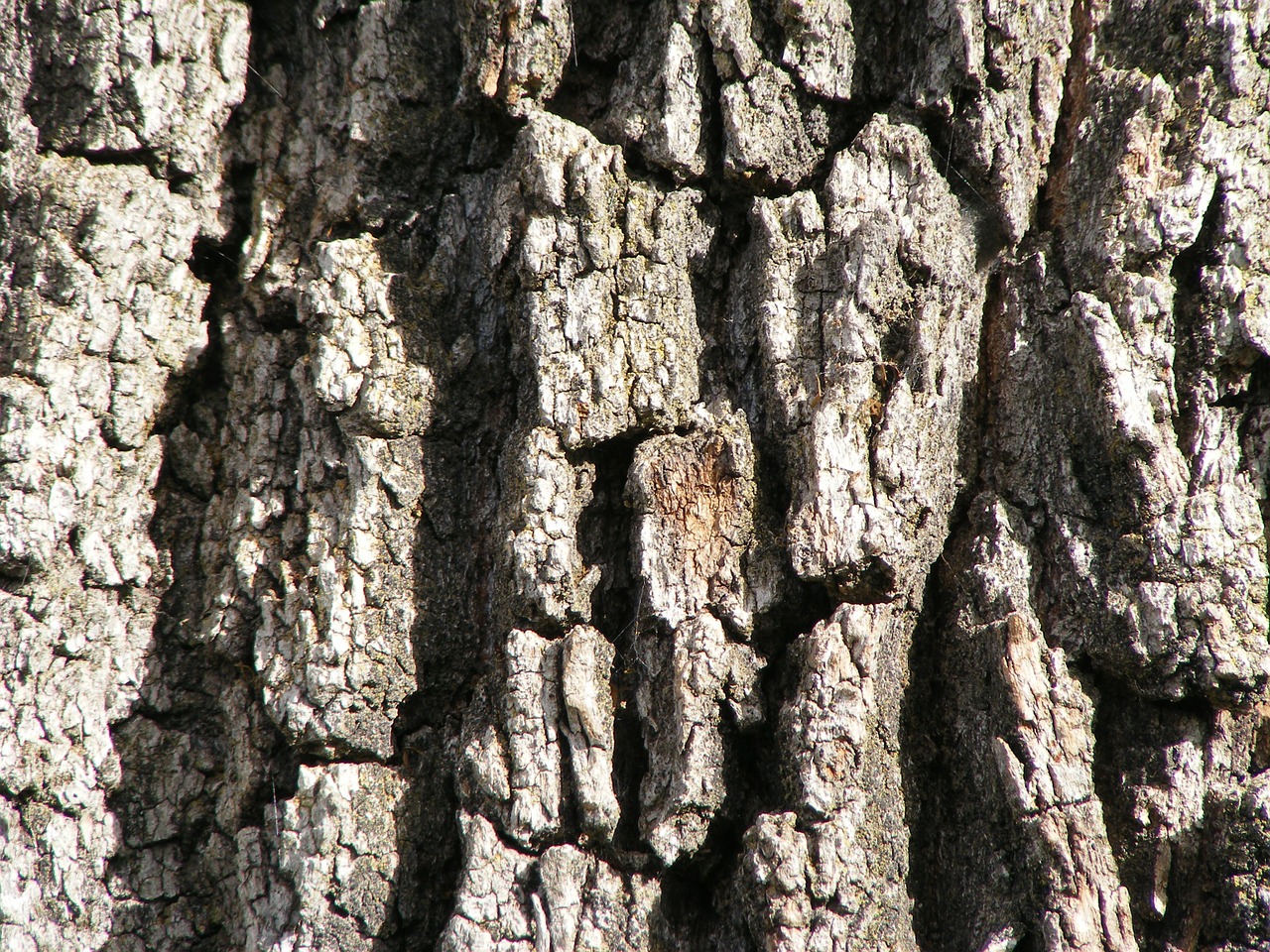Known for its quality as a building material and fuel source as a burning material, white oak has a variety of health benefits, some of which have been utilised for centuries. There is an extremely high amount of tannins in white oak bark, for this reason, as well as its anti-bacterial properties, white oak is often used to treat skin irritations (such as chilblains) and sores. However, caution should be used because in some cases, especially with broken skin, it may become an irritant itself. It is used as a mouthwash to sooth irritated gums and teeth. White oak bark may be applied topically and is often used to treat burns.
Modern studies have shown that the antibacterial properties of white oak bark help prevent staff infections and other drug resistant bacteria.
Oak bark tea is often used to treat diarrhea, thanks to its anti-bacterial properties. Its high tannin levels may also complement its ability to relieve diarrhea, as tannins help to prevent watery stools and strengthen intestinal lining. White oak tea is also used for treating arthritis, colds, fever, cough, and bronchitis. It may stimulate an individual’s appetite and improve digestion, as well.
It is recommended by the European Medicines Agency that up to three grams per day in tea form, for between 3-4 days.
Please use moderation and care when using herbs and read our disclaimer

